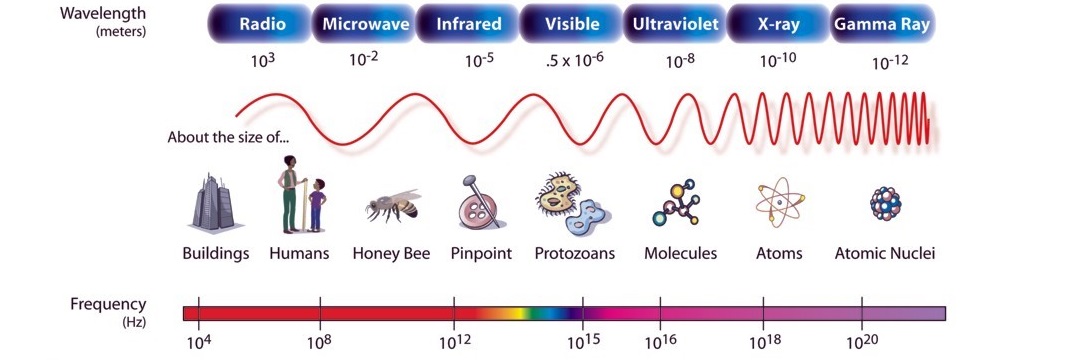Looks like we have to go way back in time to unravel these mysteries obscured by QM. What about Phat photons of Pharis Williams is this another QM phudge?
I read this: "A new theoretical development based upon Weyl’s gauge field theory predicts that photon energies are quantized with the energy given by N2hν. Such quantization of photon energy changes the character of the photon from the Einstein photon that does not have a quantum number. Photon energy that includes a quantum number means that for a given energy the frequency may have more than one value". That isn't like any photon I've ever heard about. IMHO the E=hν is there because the dimensiontality of action h can be expressed as energy x time or momentum x distance. I thought action h applies to all photons because they all have the same amplitude of 3.86 x 10-13 metres. Which is why you can only make an electron with a wavelength of 2.426 x 10-12 metres. I think of it as something like plucking a guitar with a constant pluck regardless of where your fingers are on the frets. There are no electrons with a mass of 4, 9, 16, 25... times the mass of an ordinary electron. By the way the mass of a body is a measure of its energy-content. Because a wave in a closed path opposes change-in-motion just as a wave in an open path opposes it. See https://arxiv.org/abs/1508.06478 by Martin van der Mark and Gert (not the Nobel) 't Hooft.
 Electromagnetic spectrum image thanks to NASA
Electromagnetic spectrum image thanks to NASA
Quote from Dr Richard...I think theoretical physics needs a good kick up the backside to resolve all four forces into a coherent theory which would account for LENR phenomena too and give us a working hypothesis. Some hope!
I like to think that I know how they work. Perhaps you'd like to start a new thread on that?
.
